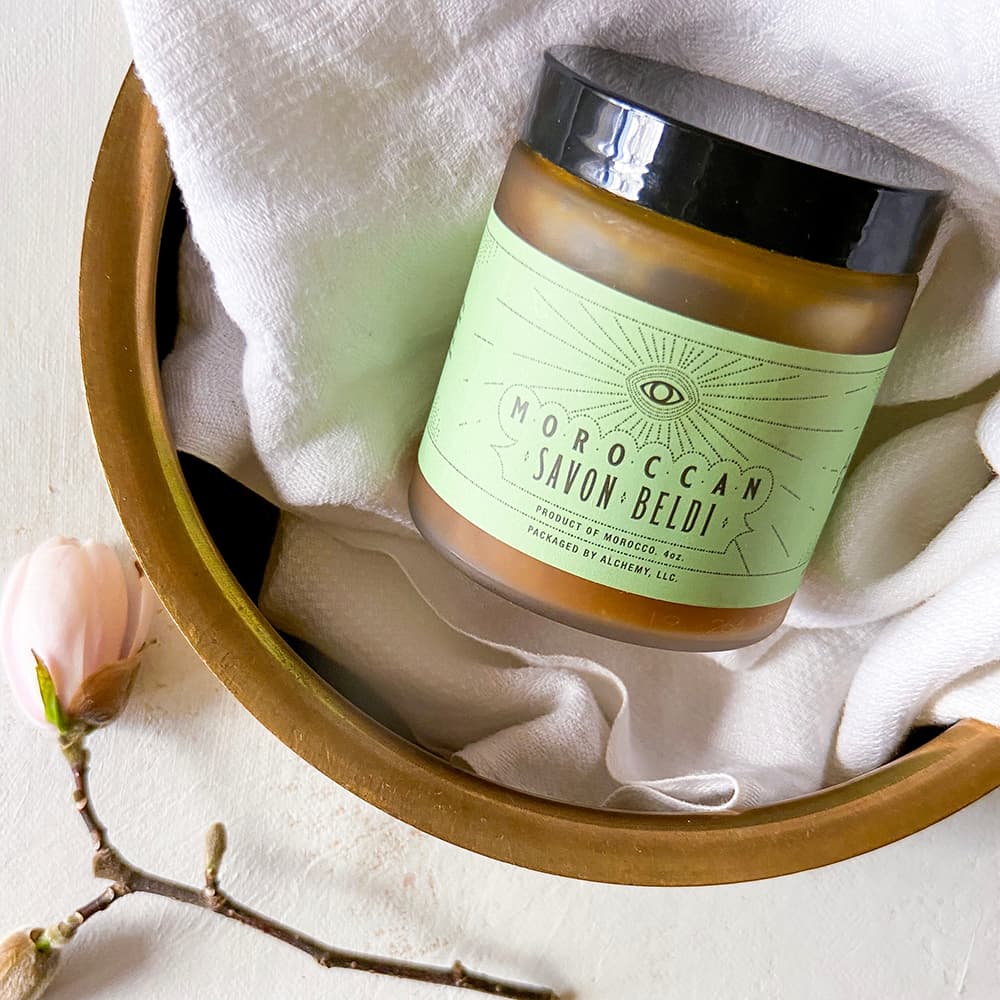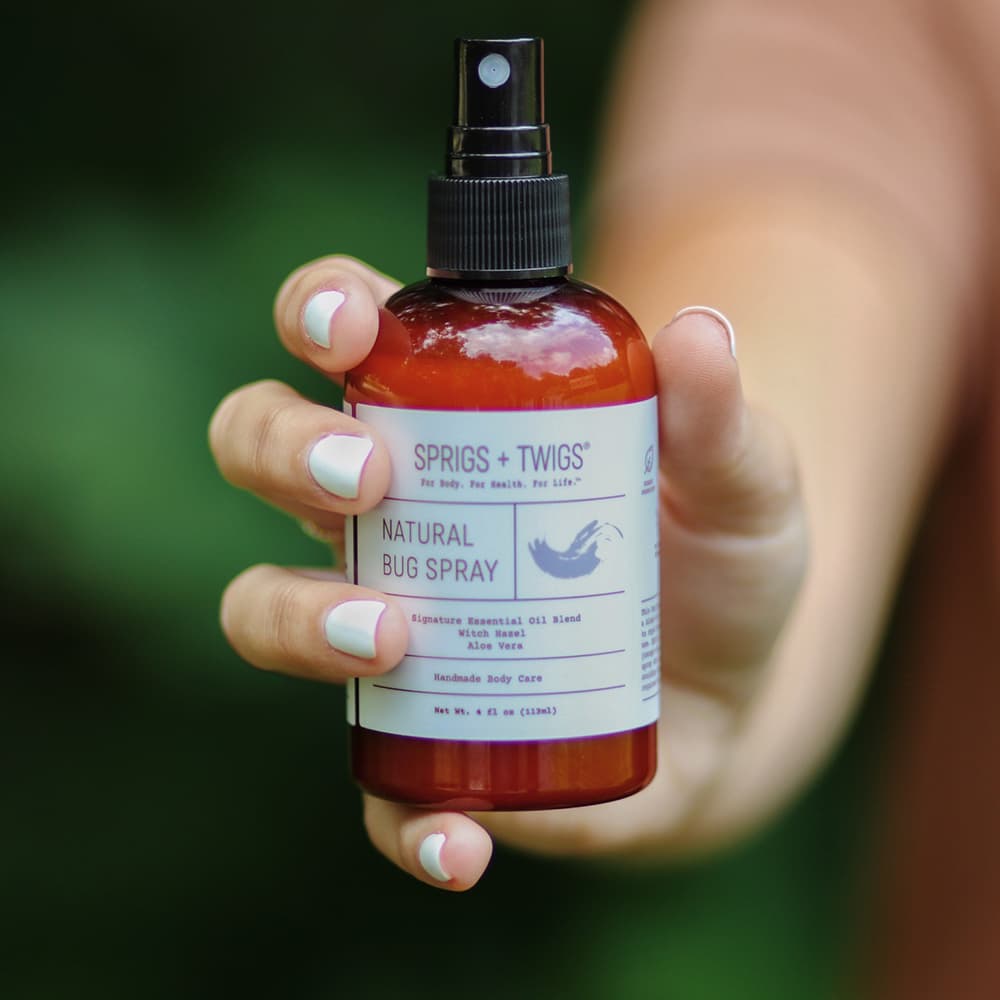How Label Thickness is Measured: A Simple Guide
This entry was posted on August 02, 2024 .
When it comes to labels, understanding thickness is essential. Whether for product packaging, shipping, or branding, the thickness of a label can impact its durability, appearance, and functionality. This guide will explain how label thickness is measured in a straightforward and easy-to-understand manner.


Why Label Thickness Matters
Label thickness plays a crucial role in various aspects of labeling. Thicker labels are generally more durable and resistant to tearing, making them suitable for harsh environments.
The thickness also affects the label's appearance, with thicker labels often providing a more premium look. Additionally, proper thickness ensures that the label adheres well to different surfaces, preventing issues like peeling or detachment.
How Label Thickness is Measured
Units of Measurement
Label thickness is typically measured in mils or microns. One mil is one-thousandth of an inch (0.001 inch), a unit commonly used in the United States. On the other hand, one micron is one-thousandth of a millimeter (0.001 mm), which is more commonly used internationally. Understanding these units is crucial for accurate measurement and selection of the appropriate label material.
Measuring Tools
The thickness of a label is measured using precise instruments such as micrometers or calipers. A micrometer is a highly accurate tool that can measure thickness to a fraction of a mil or micron, making it ideal for detailed measurements. A caliper, while slightly less precise, is often used for quick measurements and can provide a good estimate of label thickness.
Components of Label Thickness
Label thickness is composed of several layers: the facestock, adhesive, and liner. The facestock is the top layer of the label, which can be made of materials like paper or plastic. The adhesive layer is what makes the label stick to the surface and can vary in thickness depending on its formulation. The liner is the backing material that protects the adhesive before the label is applied and is removed during application.
When measuring label thickness, it is essential to consider the combined thickness of all these components. For instance, the facestock provides the primary thickness, while the adhesive adds to it. The liner, though removed before application, can also influence the overall thickness measurement.


Practical Steps for Measuring Label Thickness
Measuring Each Component
To measure label thickness accurately, start with the facestock. Use a micrometer or caliper to measure this layer directly. Next, measure the adhesive layer separately if possible. Finally, if the liner is still attached, measure the total thickness and then subtract the liner's thickness to get the combined thickness of the facestock and adhesive.
For example, if the total thickness (including the liner) measures 10 mils, and the liner itself is 3 mils thick, the combined thickness of the facestock and adhesive would be 7 mils. This method ensures you account for each component accurately.
Importance of Accurate Measurement
Accurate measurement of label thickness is vital for several reasons. It ensures that the labels fit properly on the products and adhere effectively. Incorrect thickness can lead to application issues, such as labels not sticking properly or peeling off.
Moreover, understanding the thickness helps in selecting the right labels for specific applications, whether they require durability, flexibility, or a particular aesthetic.
Accurate thickness measurement also plays a role in the production process. It helps in setting the right parameters for printing and cutting, ensuring consistent quality across all labels. For businesses, this means fewer errors, less waste, and better overall efficiency.
Wrapping Up
Understanding and measuring label thickness is crucial for ensuring the effectiveness and quality of your labels. By knowing how to measure each component accurately, you can choose the right materials for your labeling needs, ensuring durability, proper adhesion, and a professional appearance.
Whether you're labeling products for packaging, shipping, or branding, accurate thickness measurement is a key factor in achieving the best results.
For high-quality labels that meet your specific thickness requirements, visit Lightning Labels. Enhance your labeling process with precise, reliable labels designed for various applications.
FAQ: Label Thickness
Why is label thickness important?
Label thickness affects durability, appearance, and adhesion. Thicker labels are more resistant to tearing and provide a premium look, while proper thickness ensures the label sticks well to surfaces.
How is label thickness measured?
Label thickness is measured using units like mils (one-thousandth of an inch) and microns (one-thousandth of a millimeter). Tools like micrometers and calipers provide precise measurements.
What components make up label thickness?
Label thickness includes the facestock, adhesive, and liner. Each layer contributes to the overall thickness, affecting the label's performance and application.
Why is accurate thickness measurement crucial?
Accurate thickness measurement ensures proper fit and adhesion, preventing application issues and enhancing production efficiency. It also helps in selecting the right labels for specific needs.

 Custom Labels
Custom Labels  Custom Beverage Labels
Custom Beverage Labels  Custom Lip Balm Labels
Custom Lip Balm Labels  Custom Warning & Safety Labels
Custom Warning & Safety Labels  Perfume Bottle Labels
Perfume Bottle Labels  Bumper Stickers
Bumper Stickers  Custom Prop 65 Warning Labels
Custom Prop 65 Warning Labels  Custom Stickers
Custom Stickers